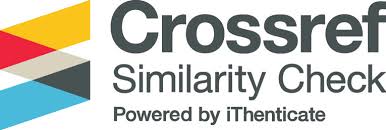PENGARUH SISTEM PENGENDALIAN INTERNAL, SISTEM KOMPENSASI, PERILAKU TIDAK ETIS, ASIMETRI INFORMASI TERHADAP KECENDERUNGAN KECURANGAN AKUNTANSI
(STUDI KASUS: PADA KOPERASI SIMPAN PINJAM SE-KECAMATAN UBUD)
Abstract
Accounting fraud is a form of fraud that is intentionally carried out which causes losses
without being realized by the injured party and provides benefits for the perpetrators of fraud. This
study aims to examine how the influence of the internal control system, compensation system,
unethical behavior and information asymmetry on the tendency of accounting fraud. The
population in this study were 15 Savings and Loan Cooperatives in Ubud District with 64
employees. The type of research used is quantitative and the sampling technique uses purposive
sampling method, so that the sample obtained is 45 employees.The analytical method used in this
research is multiple linear regression analysis. The hypothesis was tested using t-test with a
significance level of 5%. Based on the results of the simultaneous analysis of the internal control
system, compensation system, unethical behavior and information asymmetry, it has a positive and
significant effect on auditor performance. Partially, the internal control system has a negative and
significant effect on the tendency of accounting fraud, unethical behavior has a positive and
significant effect on the tendency of accounting fraud. While the compensation system and
information asymmetry have no effect on the tendency of accounting fraud.







